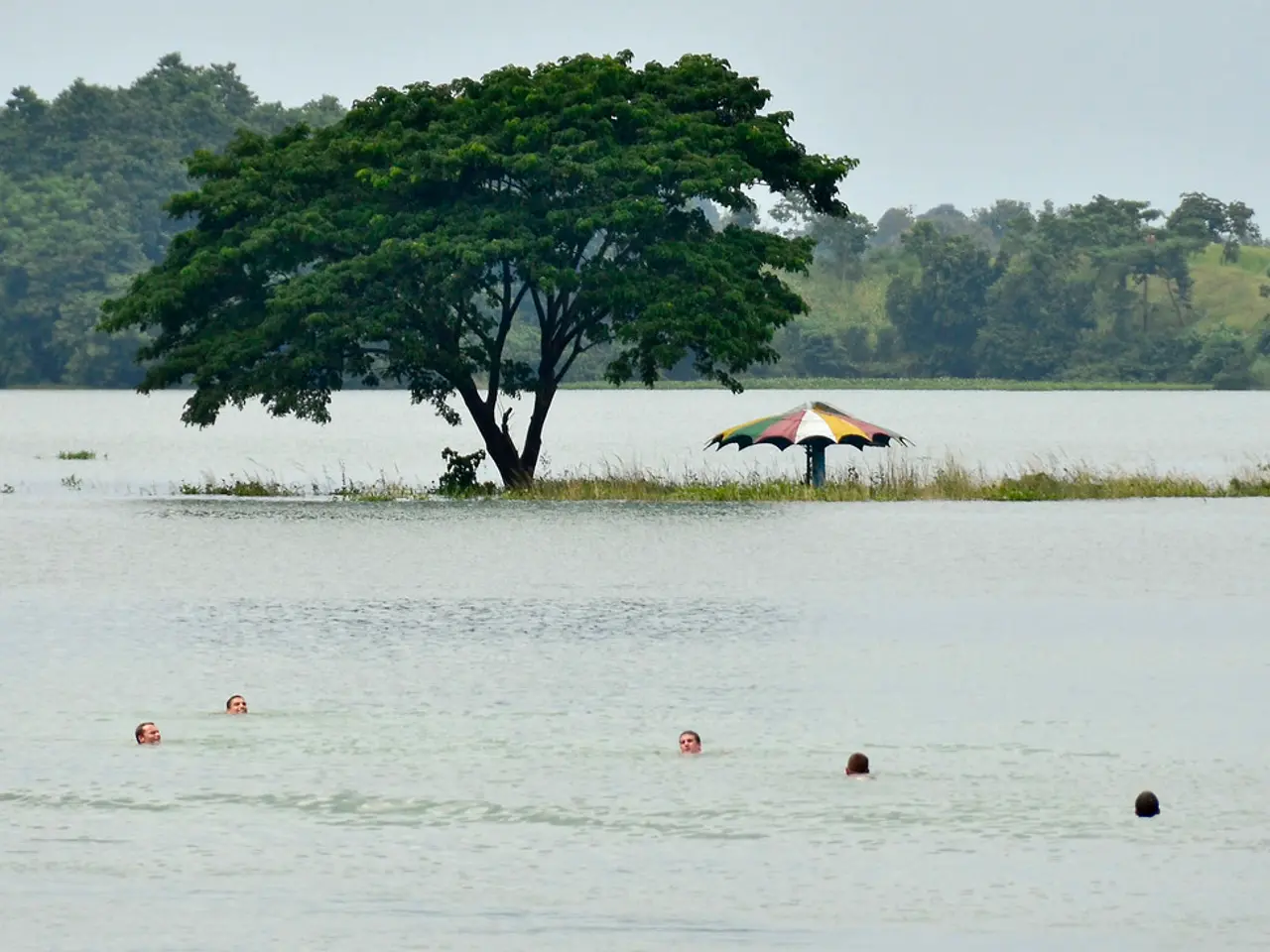Life devoid of water: Exploring desiccating global regions
In the heart of the Middle East, a water crisis is unfolding, affecting millions of people and threatening the region's agricultural productivity.
Salt crusts are forming on agricultural soils in Egypt, impacting up to 40 percent of the land. This phenomenon is causing vegetables to turn yellow and brown, wheat to grow slower or die, and rice, which requires large amounts of water, to be banned in most parts of the country. The salinity is also causing the Mediterranean Sea level to rise, allowing saltwater to infiltrate inland through irrigation canals, river arms, and groundwater reservoirs.
The situation is equally dire in countries like Tunisia, Iran, Turkey, and the Arabian Peninsula, where many villagers and city dwellers face daily life with little or no water. In Bahrain, temperatures rarely drop below 34 degrees Celsius at night, and water scarcity is more severe than in any other country.
Iraq is also experiencing severe consequences of extreme heat, drought, and water scarcity. Climate change is causing rivers to dry up and groundwater to deplete, forcing farmers like Mahdi al-Badri, a father of five from Babil province in central Iraq, to abandon farming due to drying rivers and insufficient water for irrigation.
The Middle East is not the only region grappling with this crisis. In Turkey, the Aegean region is severely affected by drought, with millions of people in Izmir or Bodrum experiencing hourly water cuts. Dams built by neighbouring countries Syria, Turkey, and Iran have significantly reduced the water flow in the Euphrates and Tigris rivers.
Iran is experiencing increasing droughts and extreme weather events, with the capital Tehran particularly hard hit by the water crisis. Water could run out as early as October. Traditional farming methods have been displaced in Iran, with potentially catastrophic long-term consequences for soils and reserves. Thousands of families have left rural regions in Iran and moved to the capital, adding to an already overburdened system.
To combat water scarcity, some countries in the region, such as Bahrain and other Gulf states, sustain modern life by desalinating seawater. However, this comes at a cost. Saudi Arabia consumes around 300,000 barrels of oil daily for desalination technology. One barrel is approximately 159 liters.
The salinity in the Persian Gulf could rise irreversibly due to desalination plants pumping large amounts of brine into the sea. This could have serious environmental implications for the region's marine life.
The World Resources Institute has classified 13 of the 15 countries with the least water as being in the Middle East. These countries are facing a daunting challenge as their populations continue to grow rapidly. Egypt, for instance, is expected to cross the absolute water scarcity threshold this year, meaning each person will have less than 500 cubic meters of water annually. Egypt's population is growing rapidly, adding about a million people every nine months.
Experts have warned for years that Iranian agriculture is suffering from misdirected incentives, with subsidies for thirsty crops like wheat or rice sometimes in inappropriate regions. Addressing this issue could help alleviate some of the pressure on the region's water resources.
Water scarcity is a notable issue in many regions, including Central Asia, due to factors like climate change and agricultural practices. However, specific information about Central Asian countries experiencing significant water reserve losses is not readily available.
As the Middle East grapples with this crisis, it is clear that urgent action is needed to ensure a sustainable water supply for future generations.
Read also:
- Peptide YY (PYY): Exploring its Role in Appetite Suppression, Intestinal Health, and Cognitive Links
- Toddler Health: Rotavirus Signs, Origins, and Potential Complications
- Digestive issues and heart discomfort: Root causes and associated health conditions
- House Infernos: Deadly Hazards Surpassing the Flames








